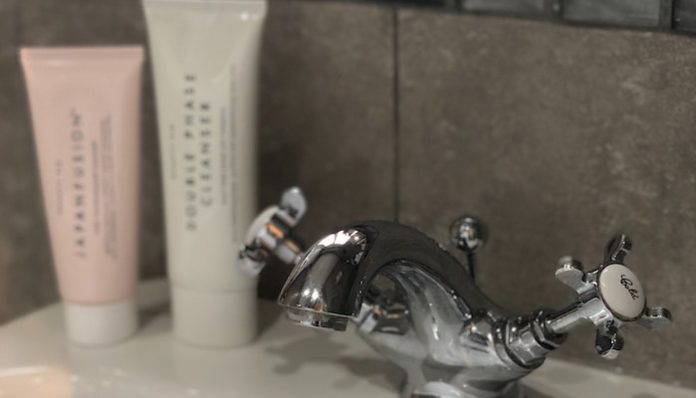
Washing your face daily is an effective way to keep your skin looking healthy and youthful. It can be difficult, however, to determine how to properly wash your face when you’re unsure of what skin type you have.
There are four main categorizations of skin types – average, dry, oily, and combination. If you’re one of the fortunate individuals who happen to fall into the average skin category, I envy you. The majority of people identify with the other three remaining skin types. If you’re unsure of what type of skin you have, there are numerous online resources that can help you in your search. For example, Sephora is a great source of information. If you’re still unsure after conducting some research of your own, consider booking an appointment with a dermatologist to ensure you’re fully comprehensive of your own skin type.
After you figure out the type of skin you have, it is important to abide by a beauty routine that makes use of products intended for your skin type. Keep reading to learn how to create the best routine for your skin!
Normal Skin
If you have normal skin, chances are your skin is free of dry spots and excess oil. Your priority is to maintain moisture levels in the skin and ensure your skin stays hydrated. Using a mild cleanser, a lightweight simple face moisturizer, exfoliating a couple of times a week, and finishing your routine with an SPF product is the best approach to keeping your skin on track.
Dry Skin
If you have dry skin, your skin often feels tight, is flaky, and has several dry patches. You want to use a mild cleanser that won’t further strip the skin of moisture, like: a hydrating serum to revitalize and rehydrate your skin, a heavier moisturizer that is rich in oils or shea butter, and an SPF product. Avoiding harsh alcohol-based toners is the best way to rehydrate your skin.
Oily Skin
If you have oily skin, your face likely feels somewhat tacky or sticky and has a constant sheen to it, specifically in your t-zone area (forehead, nose, and chin). Oily skin benefits tremendously from gentle, soap-free cleansers, a lightweight moisturizer, an exfoliant used a couple of times a week, and an SPF product. People often assume that oily skin does not need to be moisturized, but it certainly does, so don’t be tempted to skip out on moisturizing.
Combination Skin
If you have combination skin, you have a little bit of all four different skin types on your face. Combination skin typically involves an accumulation of oil in your t-zone and dry patches on other areas of the face. Experimenting with a gentle and balanced cleanser will neither dry out or irritate your skin, a hydrating serum on the dry areas of your face, a mattifying serum on your t-zone, a lightweight moisturizer for all over the face, and an oil-free SPF product.
It is possible to have a certain skin type and simultaneously have sensitive skin. There is no actual dermatological definition for what sensitive skin consists of, but sensitive skin is prone to rashes, breakouts, and blotchiness. If you think you may have sensitive skin, book an appointment with a dermatologist to determine the most advantageous skin routine for you.
Skin can be complicated, but once you know your skin type, it is easy to build a reputable skin routine. Familiarize yourself with your skin and get to work on a routine that gives your face some TLC!
Featured image via Unsplash


















